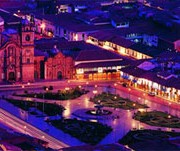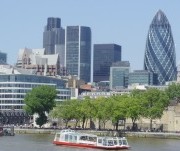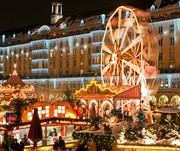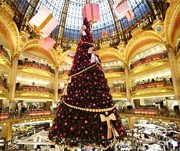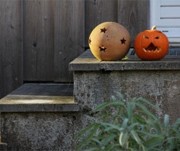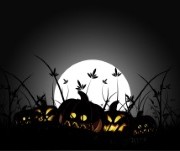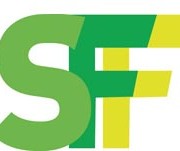Experience the magic of Christmas in Cusco
The ancient Inca capital of Cusco, high in the Peruvian Andes, provides a magical setting for traditional Christmas celebrations, Nativity scenes and a sweet rum punch…
South America may not be the first place you think of for traditional Christmas celebrations, but anyone who has visited the mystical city of Cusco during December will know that it doesn’t get much more magical than this.
High up in the Peruvian Andes, Cusco is a hive of activity in the run-up to Christmas, as hundreds of artisans and campesinos (rural people) flock to the Inca capital for traditional celebrations and the Santuranticuy market on December 24th. One of the largest arts and crafts fairs in all of Peru, the market takes place in the Plaza de Armas, Cusco’s central square, and literally means ‘Saints for sale’, going back to the days of the Spanish conquest: Christmas figurines, Nativity scenes and hand-made ceramic objects are laid out on blankets, and large biblical animals are lit up with fairy lights, adding a festive glow to all the activity. The Andean version of Baby Jesus, el Niño Manuelito, is ubiquitous.
Locals wear traditional Peruvian dress and women carry their little ones on their backs as they would any other time of year. They might not have much money but the atmosphere is colorful and joyous. Chocolotadas are an important part of the gathering, whereby churches, patrons and businesses give hot chocolate, bread and toys to the poor. Street vendors also run a brisk trade selling ponche, a traditional hot, sweet rum punch that takes away the chill of the mountain night air.
Finally, at midnight, hundreds are fireworks are lit and campesinos, families and visitors embrace to celebrate the arrival of Christmas.
For all the activity of Christmas Eve, Cusco’s Plaza de Armas is once again clear on Christmas morning, as this is an important religious holiday and, as in many countries worldwide, a time to be with the family. Houses are decorated with intricately carved retablos, or Nativity scenes, and the Christmas feast is enjoyed by all: meat, usually turkey, served with apple sauce dressing, or pork or lamb. All decorations are kept up until the Bajada de Reyes on January 6th, the arrival of the three wise men.
If you are a visitor to Cusco during this time, you may be welcomed by the locals into their houses to enjoy traditional Christmas festivities with them and their families. Being inherently warm and hospitable, strangers are often welcomed into a Peruvian’s home and, if you are lucky enough to find yourself in this situation, you will experience Christmas as you never knew it before.
To immerse yourself in the language and culture and experience a magical Cusqueñan Christmas, simply book a Spanish course with homestay accommodation. This will be one Christmas you’ll never forget!

